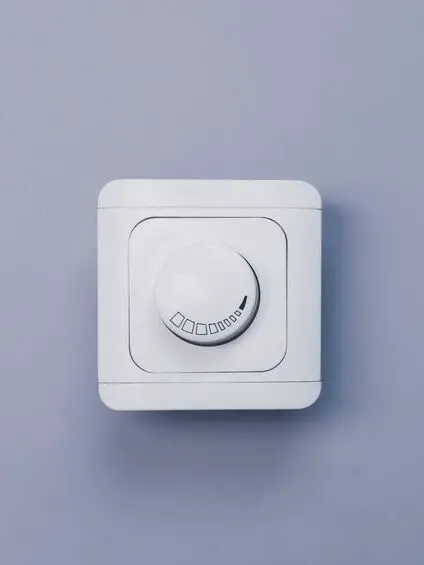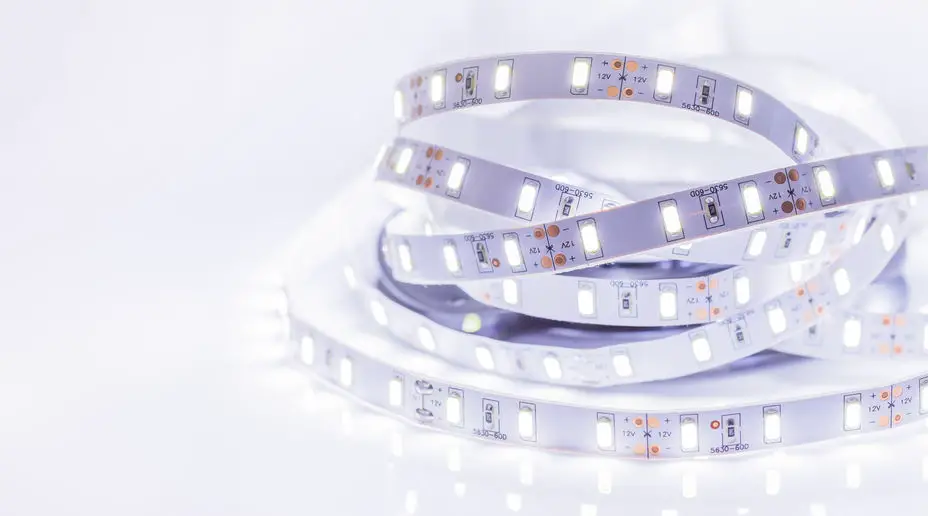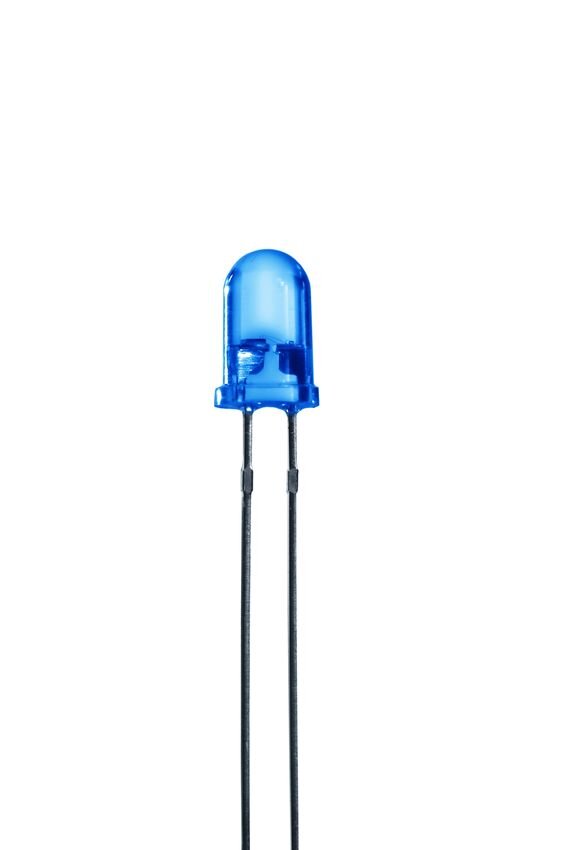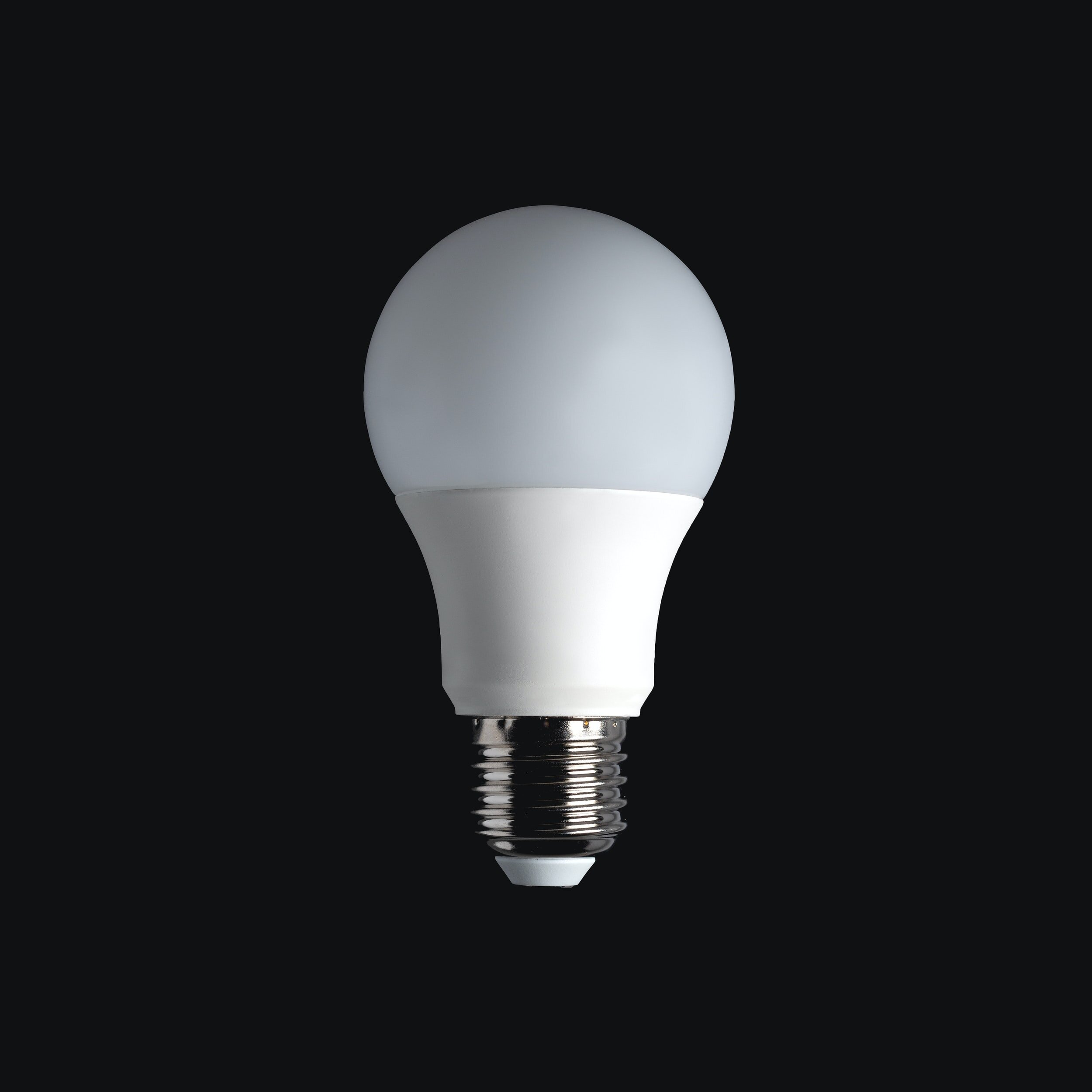Can You Put LED Bulbs In Any Fixture?
LED bulbs are light bulbs which are far more energy efficient and last longer than any other bulb currently available, making them a suitable option for many applications. However, there are instances of the bulb not functioning properly in every fixture.
In this article, we will go over when LED bulbs work in fixtures and when they don’t in order for you to get a gauge of whether or not it will work for your specific fixtures.

Contents
Requirements For LED Bulbs To Work
In order for a regular LED bulb to work properly in any fixture it needs a regular current from a standardized light switch and it needs to have the correct socket size. If those requirements are met then it is likely for the bulb to function without issues.
This means that in any regular fixture with a simple on and off switch as the method of controlling it will work without problems almost every single time. There are always exceptions to this as certain errors could occur which we will get into.
For most other forms of LED, you need an external driver in order for it to function because the LEDs aren’t compatible with the AC current present within our regular outlets. However, in LED bulbs the driver is built into the base of the bulb, meaning that they can be applied to any regular socket without a problem.
Reasons For LED Bulbs To Not Work
While LED bulbs in most scenarios are rather easy to install there are however a few scenarios in which an LED bulb won’t work with the already existing socket, which we will now take a look at.
Dimmer Controlling

One rather common issue with LED bulbs has to do with controlling them, more specifically controlling via a dimmer.
This is for a few different reasons. These reasons mainly boil down to that:
The LED bulb is not dimmable
The dimmer is not compatible with LED lighting
The reason these issues occur is that there is no official standard for the dimmer to LED compatibility, the manufacturers of dimmers and LEDs mostly work independently which can cause issues when their products are supposed to work together.
Dimmable LEDs
One of the first things you can do to ensure that the LED will function properly is to make sure that the LED you get is a dimmable one.
This information is usually listed on the front of the packaging. If it isn’t listed anywhere on the package it comes in then it is safer to assume that it is not a dimmable LED.
Dimmer Compatibility
However, you could still run into the issue that the actual dimmer itself is not compatible with LED lighting. This can happen if the dimmer is constructed to dim light sources such as incandescent or halogen bulbs.
One reason for this is that the electrical load of those bulbs are rather large. A lot of incandescent bulbs come in different wattages where most range somewhere around 40-100W a piece. This means that the dimmers themselves are usually constructed to dim electrical loads of that or more.
This causes issues when you apply LED bulbs to these dimmers. This is because these LED bulbs are a much smaller electrical load than the older kind of bulbs. While incandescent bulbs are usually made to be at least 40W LED bulbs will range from around 5-13W.
This itself can be what causes the dimmer to not function with the LED bulbs because they are simply not constructed to dim a load that small.
Most dimmers today are marked with a minimum and maximum power required for it to function and if your lighting doesn’t exceed the minimum power then chances are that it won’t work at all.
The absolute easiest way to fix this issue is to change the dimmer to one you know will work with your designated lighting. This can be done by purchasing a dimmer that states “LED Dimming” specifically in order to ensure proper functionality.
Socket Contact
One simple thing that could be causing your LED bulb to not function like it should is simply a loose connection between the socket and the base of the bulb.
This can cause irregularities in the stream of electricity the bulb receives but more importantly can become a fire hazard if the electrons are required to make a big jump between the socket and the bulb.
The easiest way to fix this issue is to try to screw the bulb in further than it already is. This is simply to make sure that the bulb is screwed in properly and that it is not loose.
Surrounding Environment
Another thing that can cause a LED bulb to not work well is the environment it has been installed in. While this won’t cause the bulb to instantaneously break most of the time it can have an effect on it’s total lifespan.
While LED technology is good at resisting conditions such as cold or vibrations it is not very good at handling heat.
Almost all forms of LED technology have a form of heat sink which is designed to draw the heat away from the diodes themselves. These are designed to handle the naturally occuring heat in the LED but not the heat from the surrounding environment.
The lifespan of a LED bulb will significantly decrease when subject to significant heat, which would suggest that other forms of bulbs are more likely to be better suited in a hotter environment.
This also suggests that these bulbs will work better if placed in rather open fixtures that allow for a good amount of airflow. The more closed the fixture is the worse the LED will perform.
Conclusion
The main takeaway here is that LED bulbs will work in most cases in a majority of different fixtures. Some will allow them to work better than others but they will work flawlessly in almost all of them.





